A Stegosaurus skeleton being excavated in Wyoming’s Bone Cabin Quarry has sparked significant interest among investors, with 40,000 shares selling out in just 18 minutes, Cowboy State Daily reports.
The investment opportunity, offered in December by the platform Rally, allowed individuals to purchase shares at $68.75 each, giving them a stake in the potential sale of the dinosaur.
Dinosaurs have become highly valuable in the auction market, with specimens fetching millions of dollars. Apex, a Stegosaurus discovered in Colorado, sold for nearly $45 million in 2024, setting a new record. The Stegosaurus currently being excavated near Medicine Bow has already been appraised at $13.75 million, with the potential to exceed that valuation once fully unearthed.
“We’ve identified about 70% of the skeleton so far, and the bone quality is excellent,” said Thomas Lindgren, president of GeoDecor and one of the paleontologists leading the excavation. “There’s still more in the ground, and we’re excited about what we might find.”
The Stegosaurus is being recovered from Bone Cabin Quarry, a site with a long history of significant discoveries. Since its initial excavation in 1897, the quarry has produced fossils for major institutions, including the American Museum of Natural History.
Lindgren and his longtime business partner Jeffrey Parker have been excavating at Bone Cabin Quarry since 1991, uncovering numerous dinosaur species, including rare finds like Gargoyleosaurus and Tanycolagreus. Their work continues to yield scientifically significant specimens, such as an exceptionally complete Apatosaurus and what may be a new species of sauropod.
The rapid sale of Stegosaurus shares highlights a growing trend of fossil investments, where high-value specimens are treated as alternative assets similar to fine art or rare collectibles.
Lindgren sees this as the beginning of a broader movement.
“Rather than just investing in artwork, investors are realizing the potential of dinosaur fossils,” he said. “The value of these specimens has been rising, and they offer a unique opportunity in both science and finance.”
While some paleontologists express concerns about fossils being sold into private collections, Lindgren acknowledges the balance between scientific study and commercial excavation. He has previously donated fossils to museums and hopes that institutions or donors will acquire the Stegosaurus and other major finds for public display and research.
“If a buyer donates a specimen, it becomes accessible for study while also offering potential tax benefits,” he explained.
With excavation ongoing and additional discoveries anticipated, Bone Cabin Quarry remains a key site in the world of commercial paleontology. As the Stegosaurus sale moves forward, it could pave the way for future investment opportunities in the field.
Rally plans to feature the mounted Stegosaurus in a New York City exhibit in September 2025. Meanwhile, Lindgren and his team will continue their work at Bone Cabin Quarry, unearthing more prehistoric treasures from one of North America’s richest fossil sites.
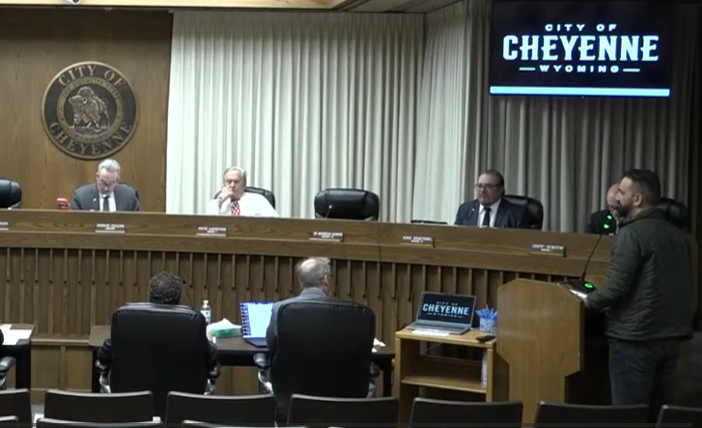

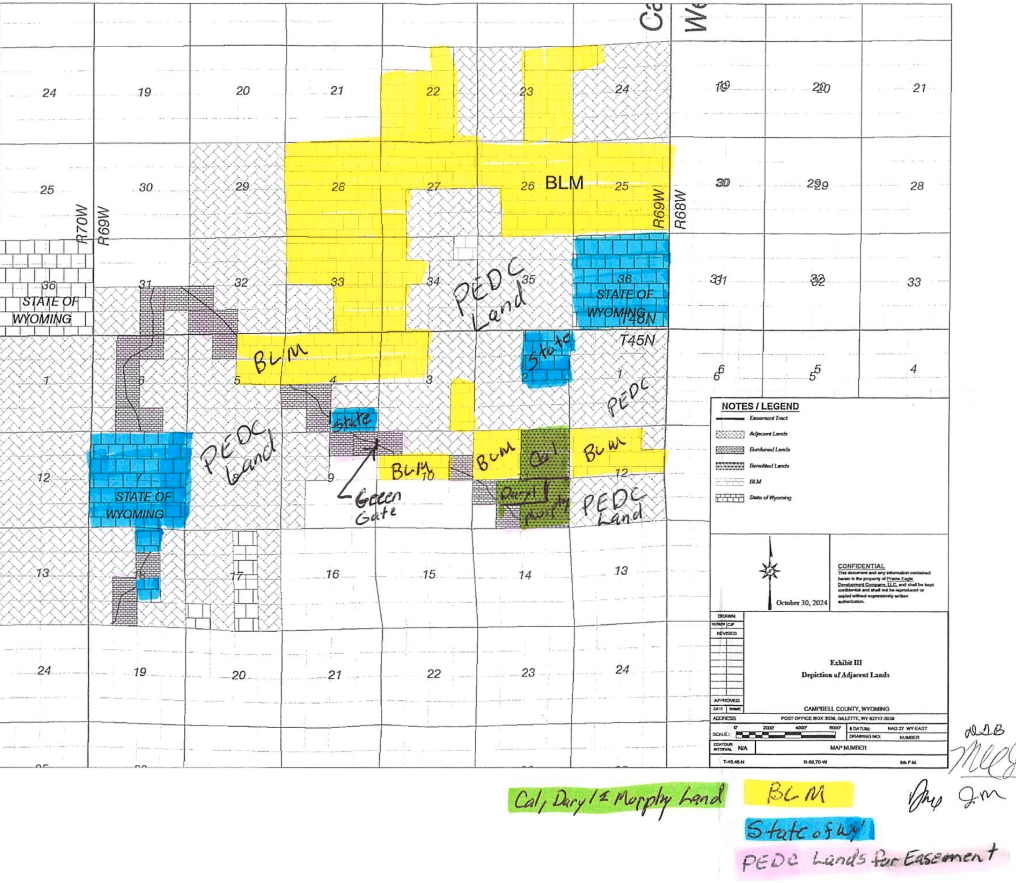
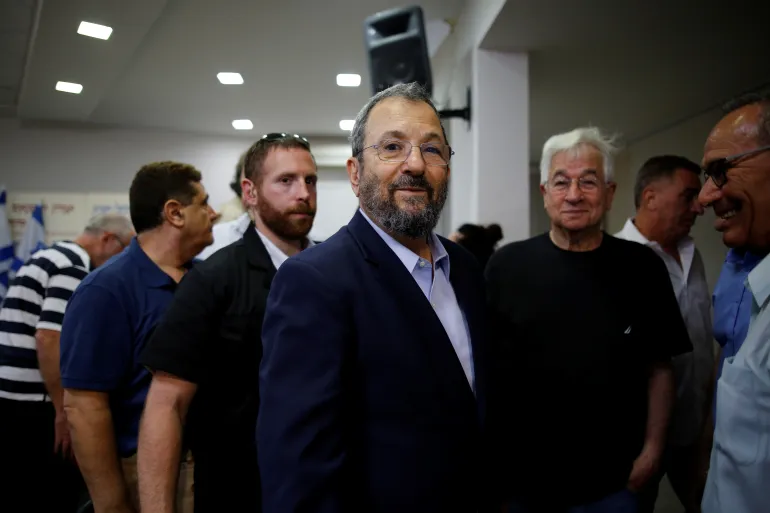
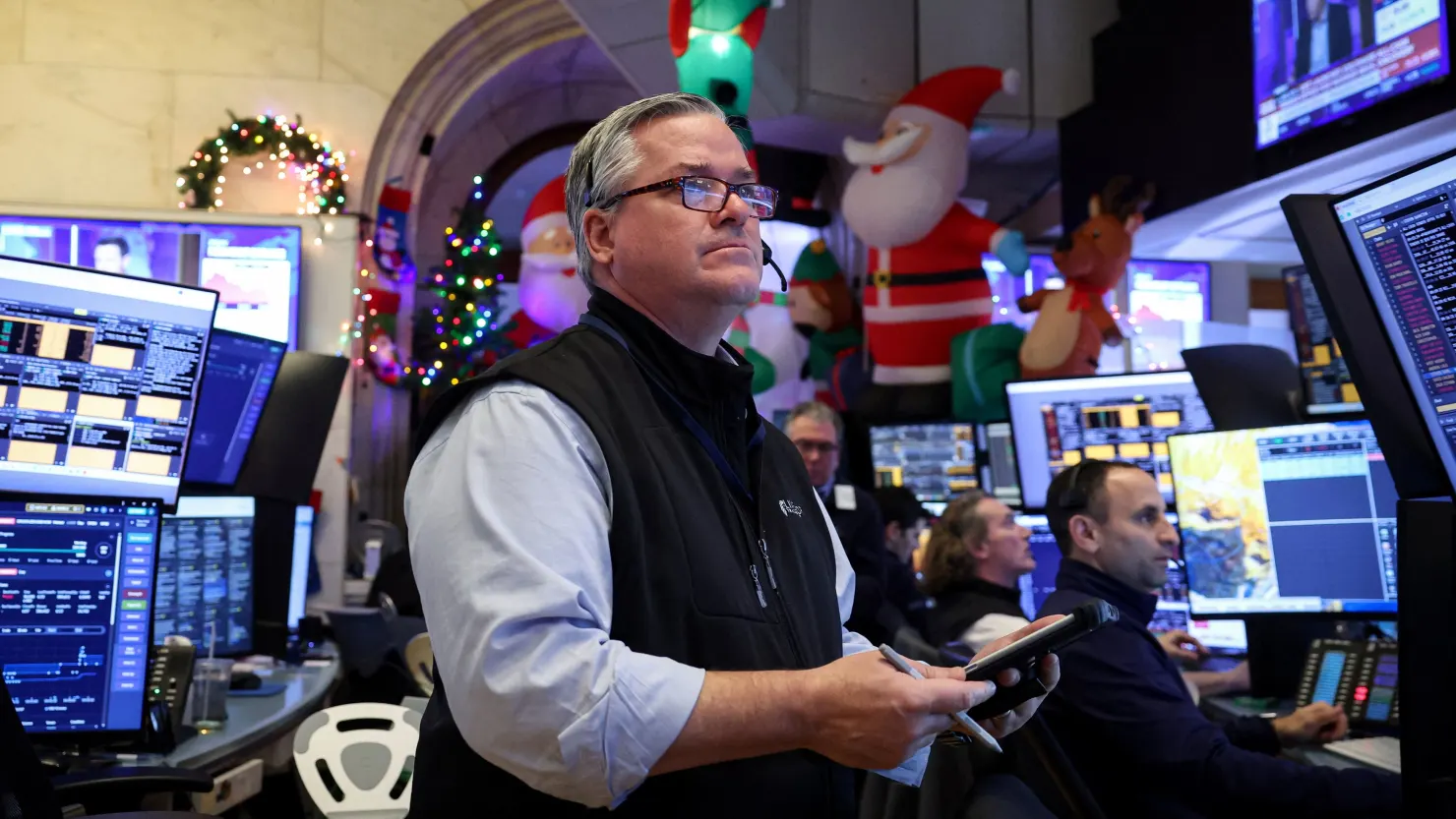
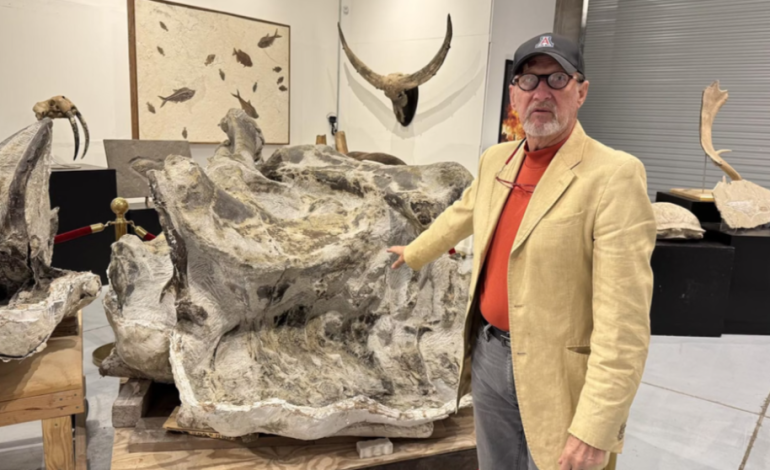

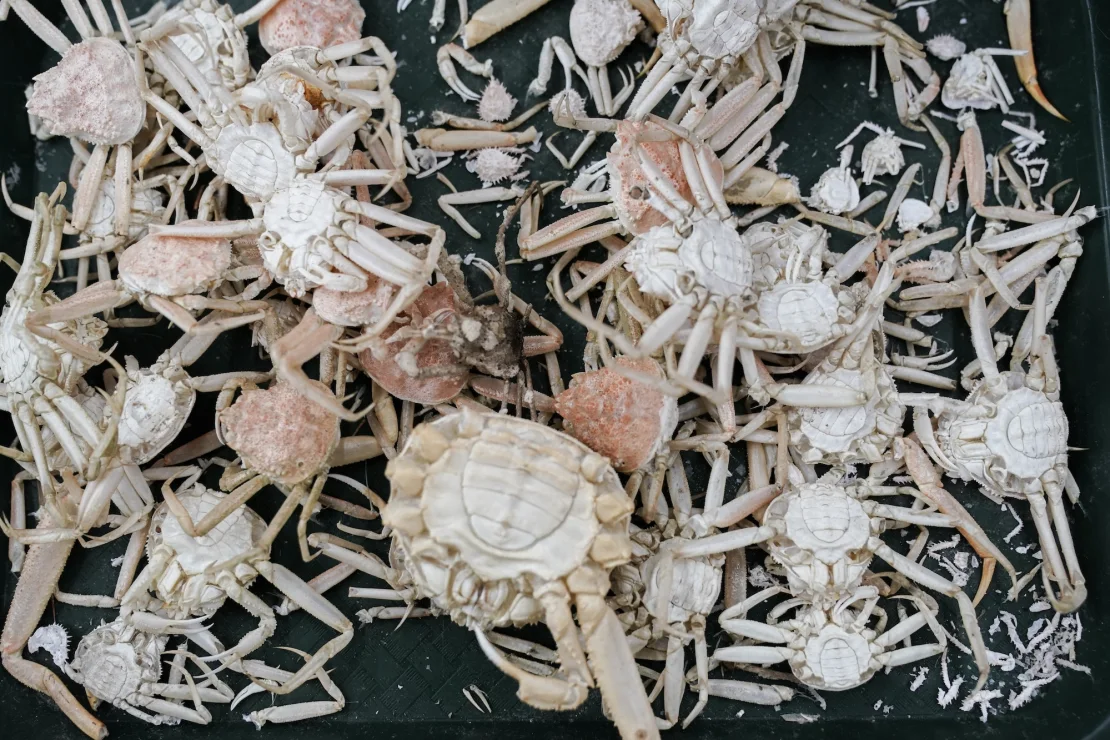
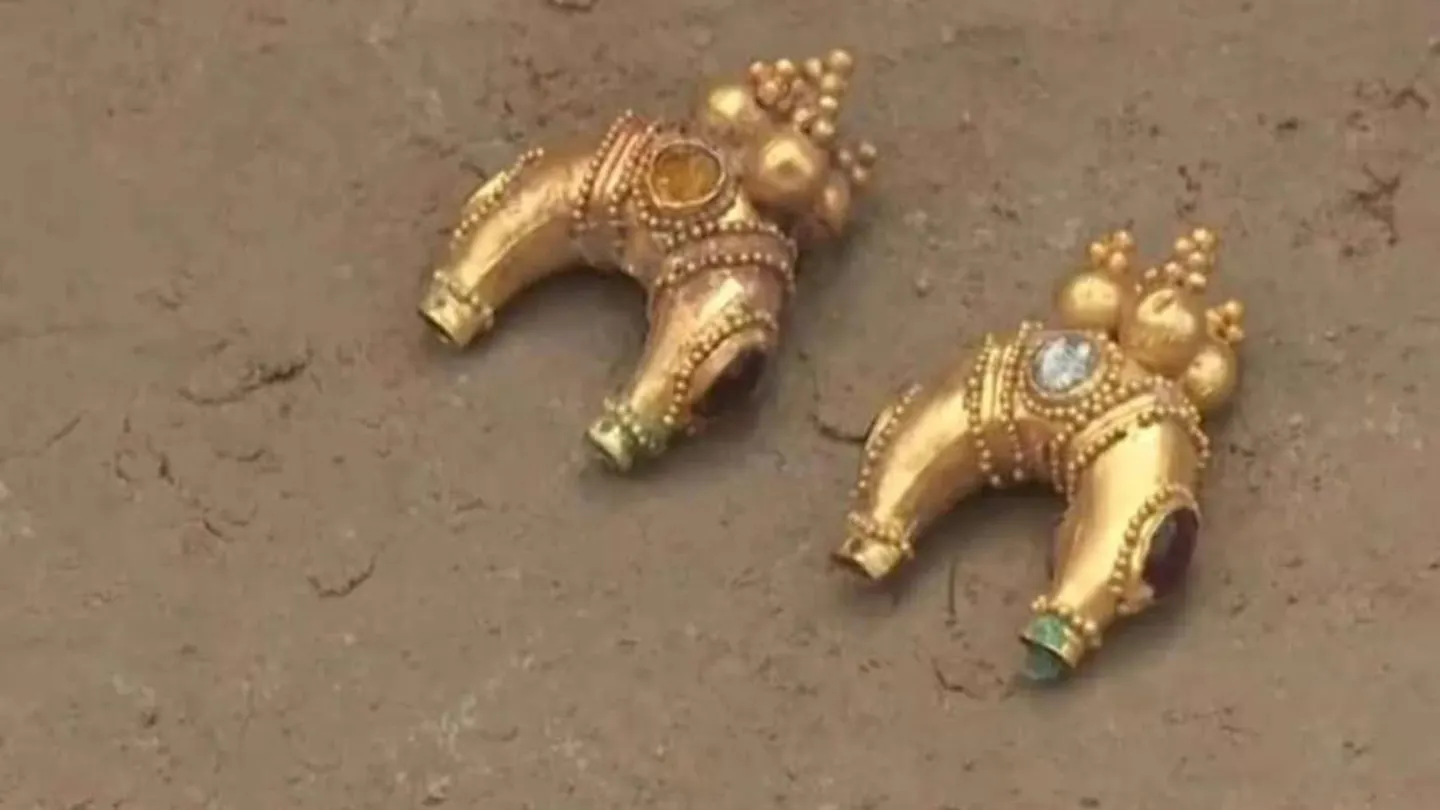
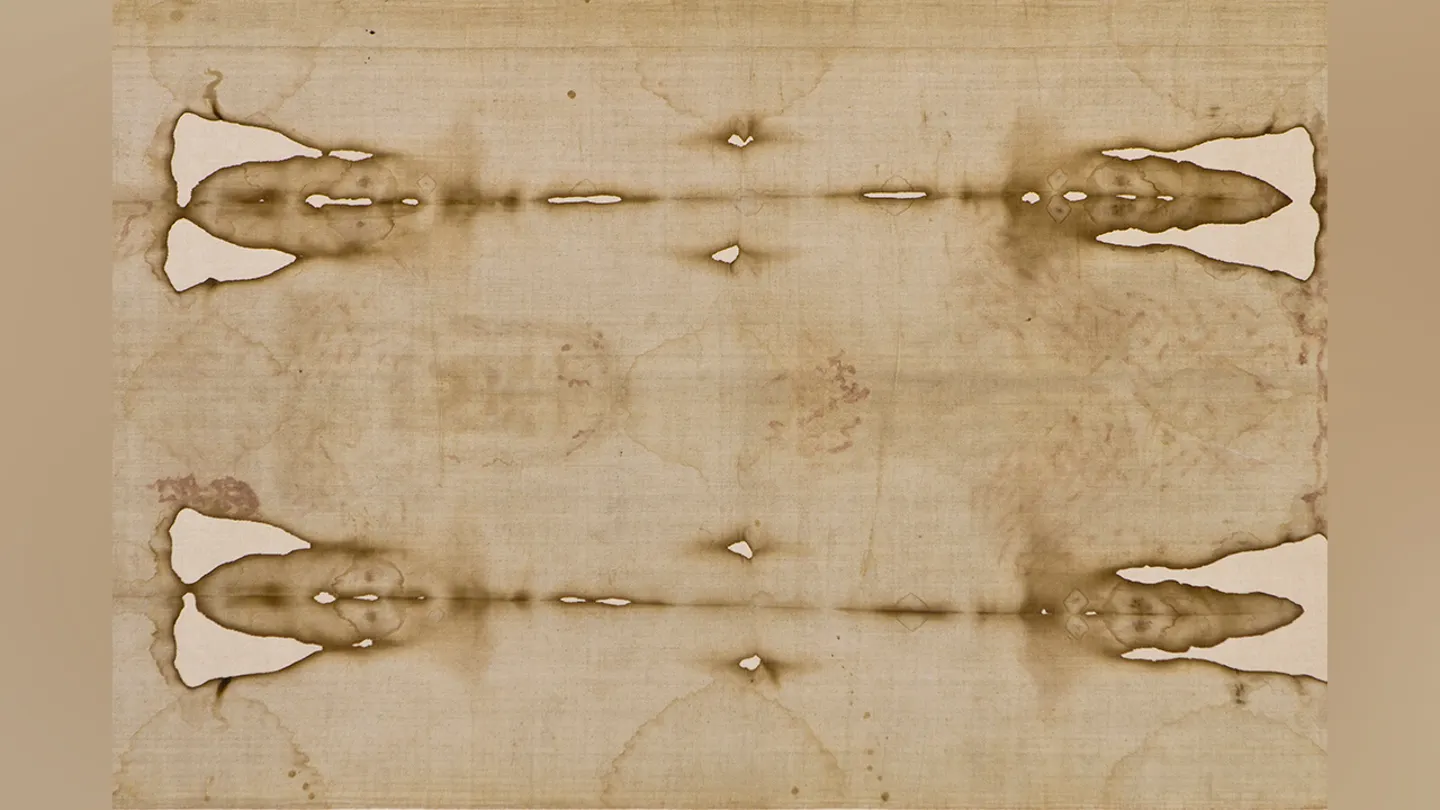
The latest news in your social feeds
Subscribe to our social media platforms to stay tuned